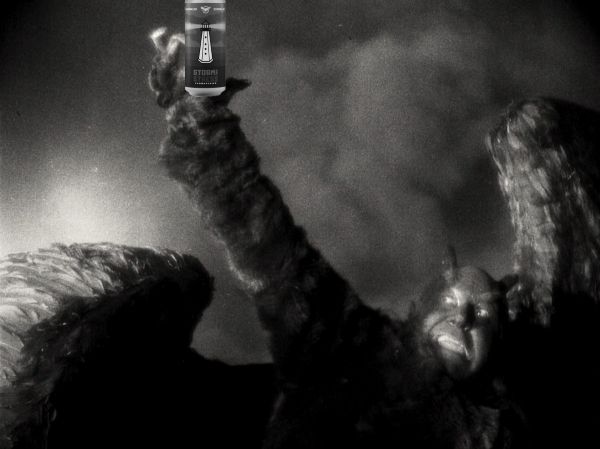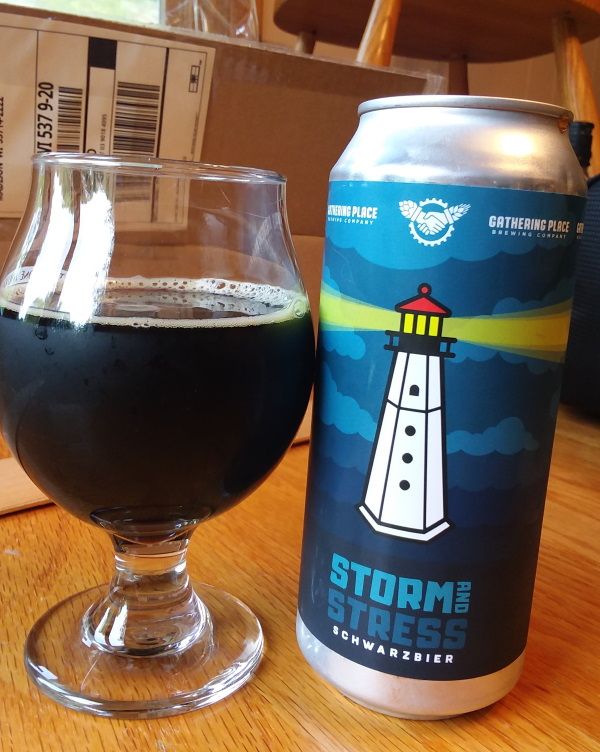American beer styles seem to be clearly delineated in a way that continental European styles are not. Take the American IPA for example. A NE/hazy IPA is opaque, looks like it was drained from an orange juice swamp, and tastes like Hawaiian Punch. On the other hand, a West Coast IPA is clear, the malt can be tasted, and it tastes like a Christmas tree. Black IPAs look, well, not pale, i.e. - black. And so on. All of these beers come from the same style family but the differences are rather dramatic amongst the individual styles.
But in mainland Europe, styles often have minor distinctions
that separate them rather than glaringly obvious differences. In a previous entry I expressed confusion about the differences between Czech and German pilsners
which apparently come down mainly to a little less or a little more malt and a
little less or a little more hops. The differences are more subtle over there
than here. (Please note that I am conducting some research in this area and
bought some Pilsner Urquell for my experimentation.)
There's a similar confusion for me between the Dunkel and
the Schwarzbier. And I suppose there are even more granular distinctions to be
made between, say, the Munich Dunkel and its Franconian cousin. (I am unaware
of regional variations in Schwarzbier although I don't doubt for one second
that they exist.) But let's not go there because I'd get even more lost than I already am.
Ultimately, the problem is that I've never been to Germany to
figure out the answer to this great mystery. More proximately is that I don't
encounter much Schwarzbier brewed in Germany and, when I do, it's usually Köstritzer, although Krombacher Dark is becoming more common in these parts. Not that it is
common, mind you, it's just that you see it occasionally whereas it was totally
absent previously. With examples from the Heimat being a precious few, I've been
weaned mostly on versions from the teat of American craft brewing.
From what I gather, a Schwarzbier is like a pils but darker.
A lot darker. The name doesn't translate to "black beer" for nothin'.
It has less of a bready malt flavor to it than its Dunkel cousin with some roasty
tastes and medium hoppiness. In addition, it's got a lighter body and is drier than the
Dunkel. This comports with my tongue's experiences drinking Spaten's Dunkel and
Köstritzer's Schwarzbier. However, it doesn't match my experiences with, say,
Sprecher's Black Bavarian, which they advertise as a Schwarzbier. Black Bavarian
has the roasted coffee and dark chocolate flavors of a porter but with a
heavier body. I do enjoy Black Bavarian quite a bit but it is far from being
a dark pils.
Sprecher's Milwaukee neighbors, Gathering Place Brewing, have
thrown their hat into the Schwarzbier ring with Storm and Stress - Sturm und
Drang, auf Deutsch**. A brief search of the Internet gives me the impression
that they've brewed it for a few years but only now am I getting around to
trying it. I had a good experience with their Franconian lager, Spezial, and I am enamored of dark beers so I was looking forward to tasting Storm and Stress.


2 comments:
One of the earliest factoids I learned about beer back in the mid-1980s was that the Schwarzbier style had nearly died out in Germany. But it was somehow kept alive by Japanese macro brewers like Kirin, Asahi, and Suntory.
(I can't easily dig out the tome, but I think this was in Michael Jackson's "World Guide To Beer".)
I believe it. It seems that most German beer style nearly died or did disappear except for pils.
Post a Comment